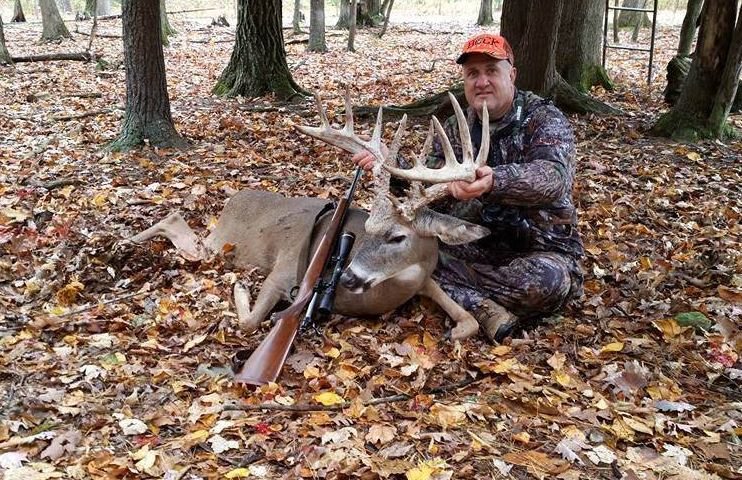
Weather conditions are one of the most influential and overlook factors in deer hunting success. As experienced whitetail deer hunting guides, we rely on decades of experience and data to adjust our hunting strategies based on wind, temperature, barometric pressure, and more. Understanding how these elements impact whitetail movement can dramatically improve your chances in the field, especially if you’re new to whitetail deer hunting in Pennsylvania.
Why Wind Direction Matters
Wind is perhaps the most important weather variable for whitetail hunters. Deer live and die by their sense of smell, and if they catch your scent, the hunt is usually over.
Notably, hunting with the wind at your back will blow your scent toward approaching deer, so it’s essential to hunt with the wind in your face or crosswind. Use wind-checker powder or mobile apps to understand wind direction before choosing your stand or blind location.
How Temperature Affects Movement
Temperature plays a huge role in daily deer movement. Whitetail deer are more likely to move during daylight hours when temperatures are cool, especially if it has been warm previously. Moreover, super hot days can cause deer to go nocturnal, while cold fronts often lead to increased activity as deer feel the need to find food and move. Fall weather is often the best time to hunt for these majestic creatures, which is why we offer our guided whitetail deer hunts from the end of August through Thanksgiving.
Barometric pressure can also be a useful indicator for predicting deer movement. Deer tend to move more during stable or rising pressure. The sweet spot for whitetail activity is often in the range of 29.90 to 30.30 inches of mercury
Adjusting Your Strategy for the Weather
The most successful hunters are those who adapt their tactics to the conditions. Always have multiple stand options to accommodate wind changes. Plan to hunt just before or after a cold front, and use weather forecasts to determine where deer are most likely to be feeding or bedding.
To book a stay at our hunting lodge, contact us today.
